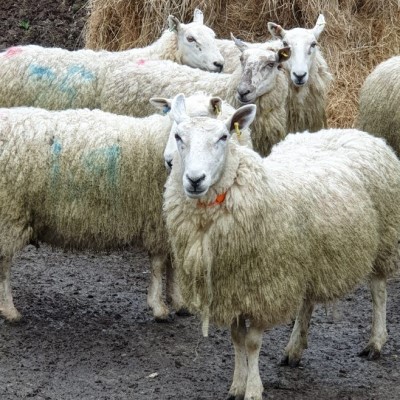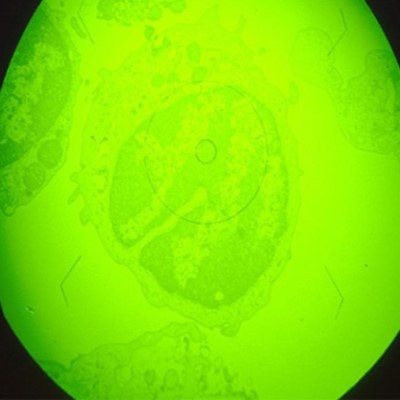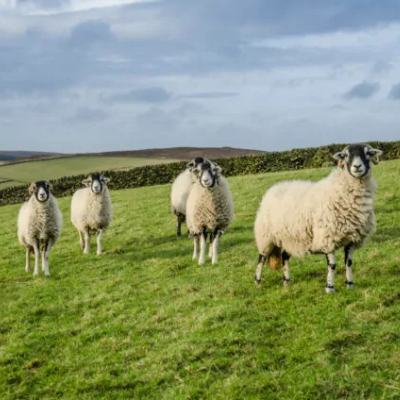CIEL | News: Ruminant Health & Welfare launch report highlighting immediate gains of ruminant health on methane emissions
Ruminant Health & Welfare launch report highlighting immediate gains of ruminant health on methane emissions
New report highlights the role reducing key endemic diseases in ruminants can play in contributing to the Global Methane Pledge formed at COP26 to reduce methane emissions by 30% by 2030.
Produced by Moredun Research Institute in conjunction with Ruminant Health & Welfare (RH&W), the report; ‘Acting on methane: opportunities for the UK cattle and sheep sectors’, details available interventions for priority health and welfare conditions to provide a starting point for discussions between farmer and vet, or animal health advisers, about the health status of their herd or flocks with methane reductions in mind.
“Methane is a powerful Greenhouse Gas (GHG) when compared with CO2, and on many farms contributes over 50% of total emissions. It’s important to remember that methane is the only short-term gas among the big three GHGs that has the potential, if managed, to slow global warming,” explains Nigel Miller, RH&W chair.
According to DEFRA, ruminants are responsible for 45% of UK methane emissions, the majority of which is through rumen digestion, manure and slurry. However, the area the sector can really make an immediate difference in is the contribution of certain livestock diseases to emissions.
“The baseline work on GHG diseases, funded by both Defra and Scottish government, found that improving livestock health and welfare could reduce methane emissions by 10%. This new report takes us a step further than this by mapping the GHG profile of key endemic diseases identified by RH&W with the input of farmers and veterinary health professionals,” says Dr Philip Skuce, principal scientist at Moredun Research Institute.
“For example, studies reveal that gastrointestinal parasites lead to a minimum 10% increase in GHG emissions in lamb production. Similarly, liver fluke infection adds an extra 11 days to slaughter in cattle, reducing growth rate by 4% and adding 2% to the GHG footprint.”
As emissions and productivity go hand-in-hand, reducing the burden of endemic disease contributes to improved productivity on livestock farms through better feed conversion efficiency, live weight gain, and less involuntary culling.
“It’s important that despite global pressures we are facing, our livestock sector continues to remain focused on the big picture of how we can work towards improved livestock health, productivity and environmental impact.
“Ruminant health is one of a small, but important, group of mitigation measures which can reduce emissions while also delivering a cost-benefit. Progress on health is identified immediately through herd or flock performance data, which feeds into on-farm carbon calculators and the national inventory. The tools and resources identified in the report, for example monitoring and mapping out disease goals, are already available for farmers to utilise now.
“Effective farm health strategies are a gateway into low emissions production, and should be a pillar of future low carbon production systems supported by flock or herd health security,” Mr Miller concludes.
To read the full report, visit: https://ruminanthw.org.uk/actingonmethane/
Download a copy of the report Ruminant-Report-Methane-April-2022








